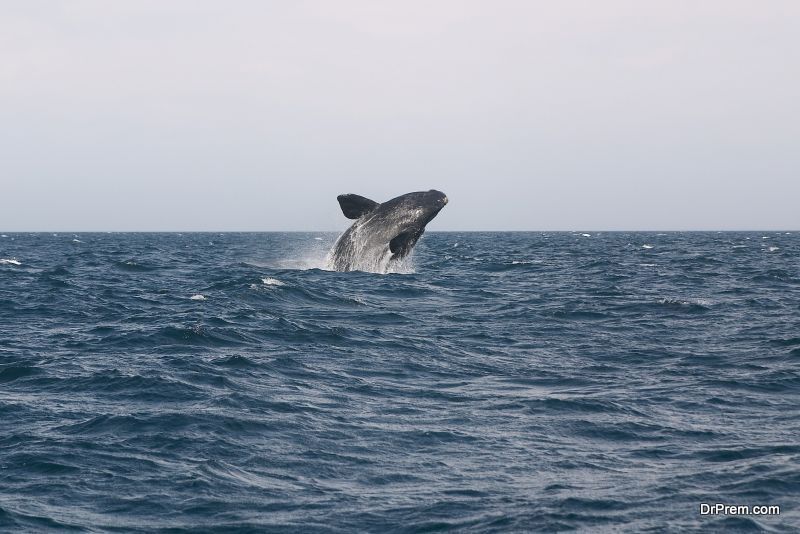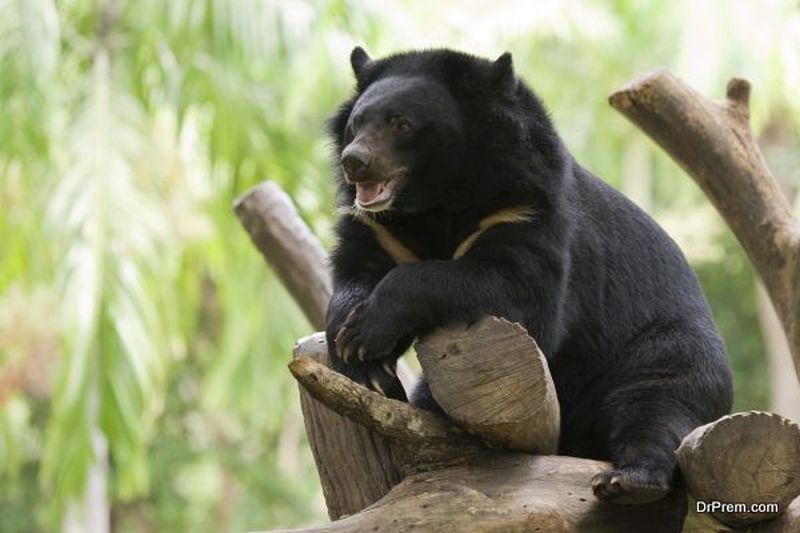Food waste and noise pollution not only cause atmospheric pollution but have also been found to be responsible for behavioral changes in animal life. There are some researchers who are concentrating on the effects that waste in the landfills and noise pollution have on animals. Noise pollution is a result of urban development, such as the noise from industries and transport. How do animals change their behavior in order to adapt to noise pollution and food waste? Read about a few cases to know more:
Yellowstone Park’s bear shows
It’s hard to spot bears in Yellowstone Park these days, but some decades ago, bears could be seen easily at the Park’s landfill site. From the late 1800s to 1960, there was a landfill site at the park which had a lot of food waste. Hundreds of bears used to gather there in the evening to forage for food scraps. In fact, Park authorities even encouraged people to come and visit the park to see so many bears at one time.
The regular human presence made the bears bolder, and they did not fear nearing humans and snatching food, leading to many bear attacks on people. Many bears had to be put down due to this. It took a long time, but the Park authorities finally closed down the landfill, and introduced bear proof dustbins. Tourists were also asked not to feed the bears.
Finally, the bears went back to eating berries and other food in their natural habitat, and moved into the forest, away from roads. This resulted in fewer human-bear conflicts, and the attacks on humans reduced drastically. The Yellowstone Park bears gradually became ‘wild’ again, and now there are hardly any property damage and bear attacks on humans for food.
The population of bears has also quadrupled since the landfill was closed in 1969.
Whale and gull conflict
The kelp gulls in Valdes Peninsula in Argentina are now becoming quite dangerous for whales in the ocean. The gulls are attracted by the fishery waste that is dumped on the shore, and thousands come to feed on the waste food.
Another source of food for these gulls is whales – the gulls peck the whales when they surface, and strip blubber, which is rich in nutrients, from the whales. As the gull population increased manifold, their attacks increased and 99% of whales now display pockmarks as opposed to 2% in the 1970s.
Scientists have linked the injuries inflicted by gulls to whale stranding deaths, dehydration, energy loss and impaired thermoregulation. Scientists also say that the stress of being bitten may cause calf deaths before they reach maturity.
There is good news for the whales however, due to the whale watching industry, there has been a lot of pressure from the public to close down the landfills, so that gull population reduces, and a few of them have already closed down.
Baboon transformation
In the 80s, baboons started eating food scraps dumped by a tourist guest house in the Kenyan Bush. The baboon males fought fiercely to eat the leftovers till some infected meat killed all the aggressive males at one go. The females, younger and subordinate baboons survived, as they never got to eat the scraps. The death of the aggressive males created a harmonious baboon society with less stress hormones and new pack behavior. What is truly astounding is that behavior is continued even today, after so many years.
How noise affects birds and aquatic life
The vocal and foraging behavior of porpoises, dolphins and whales has been affected by ship noise. Noise pollution also leads to stranding of whales which live in high traffic seas. It has been linked to the reduction in bird diversity and population, in cities and alongside roadways. Some species have adapted their behavior, such as raising their call frequency, or changing the singing time to early morning when there is less noise.
Reducing our food waste and composting can help to reduce food scraps ending up in landfills, thus becoming food for various animals. Noise pollution and food waste is causing behavioral changes in animals that may be harmful for them in the future.







